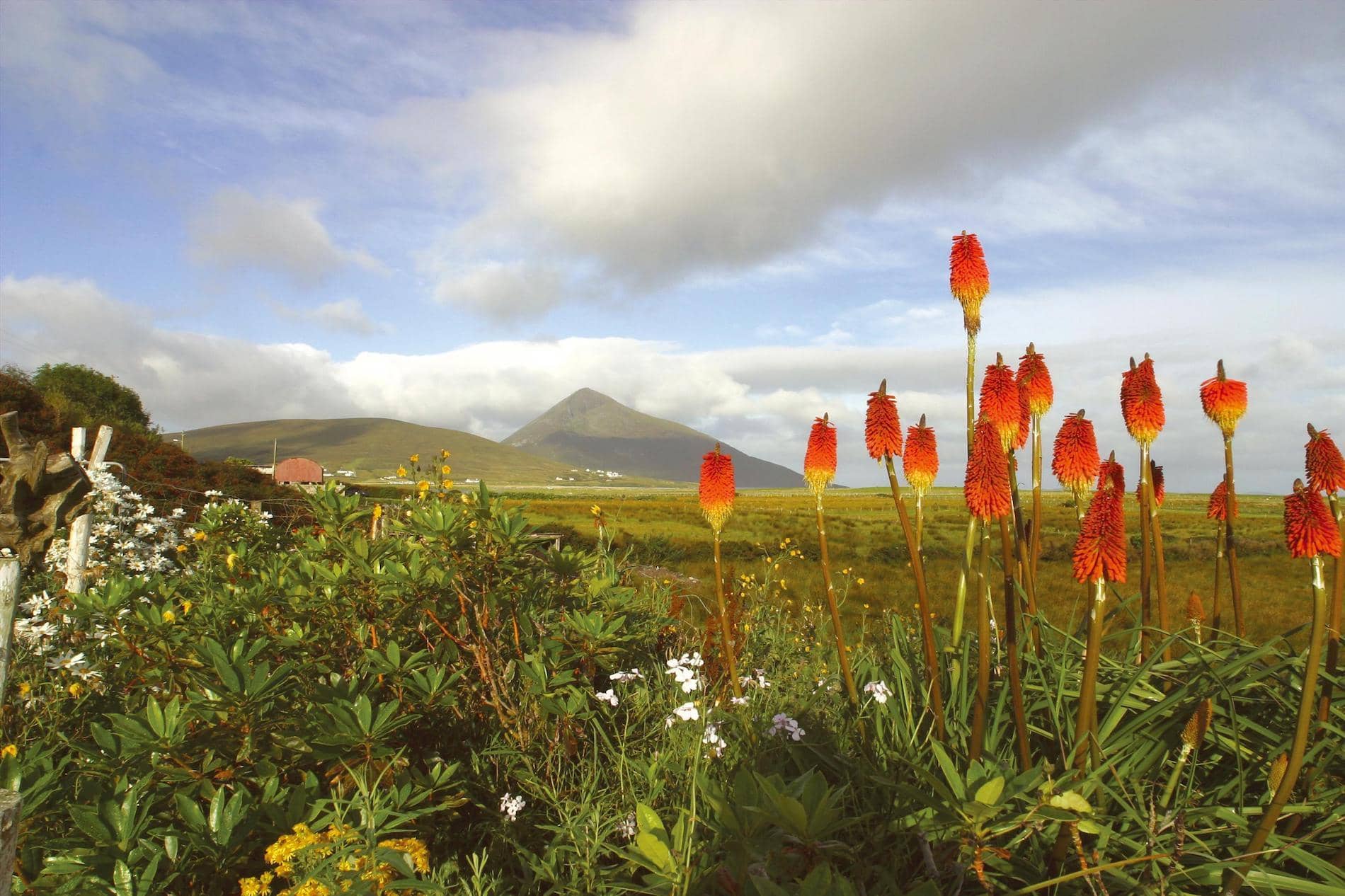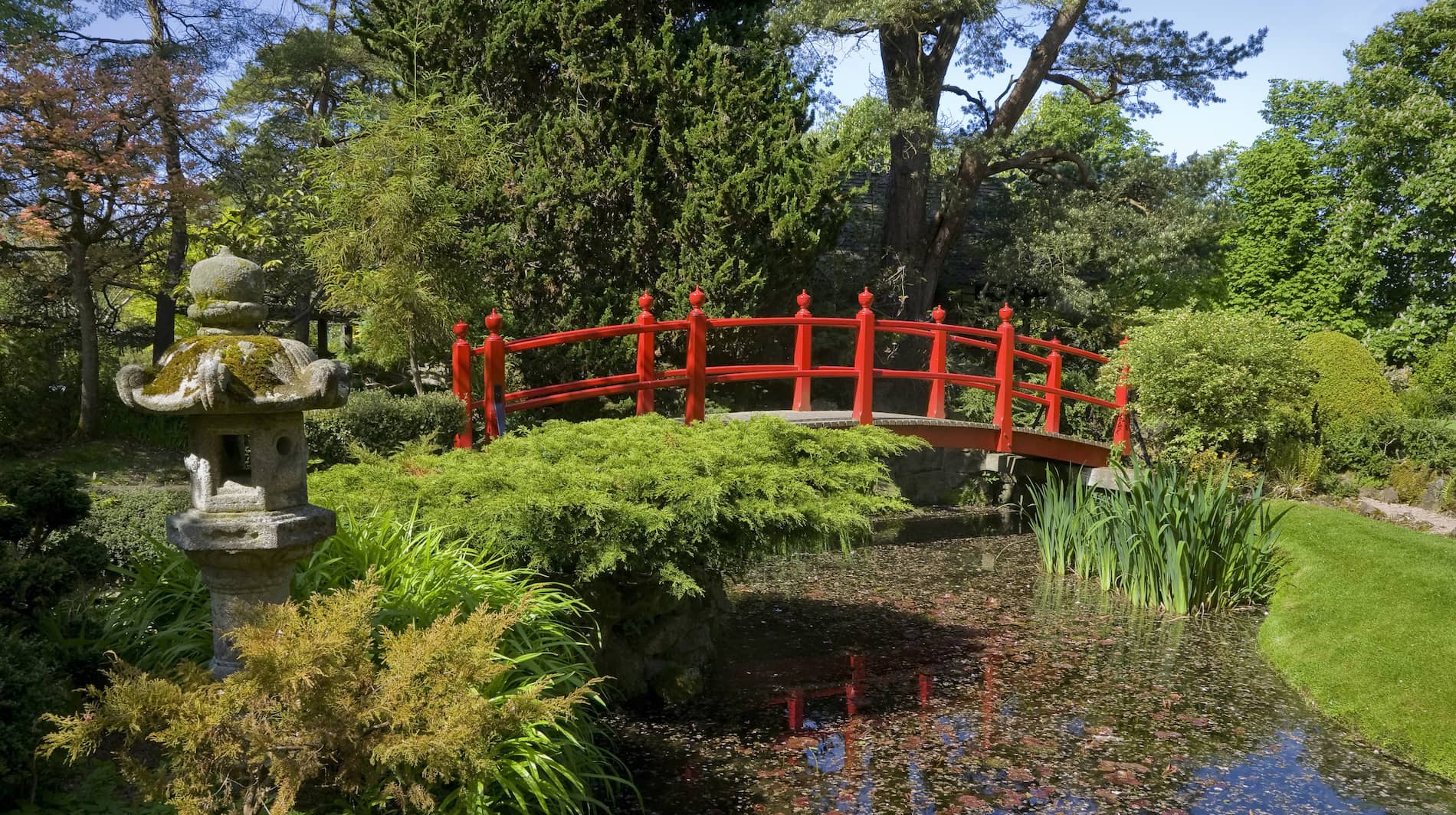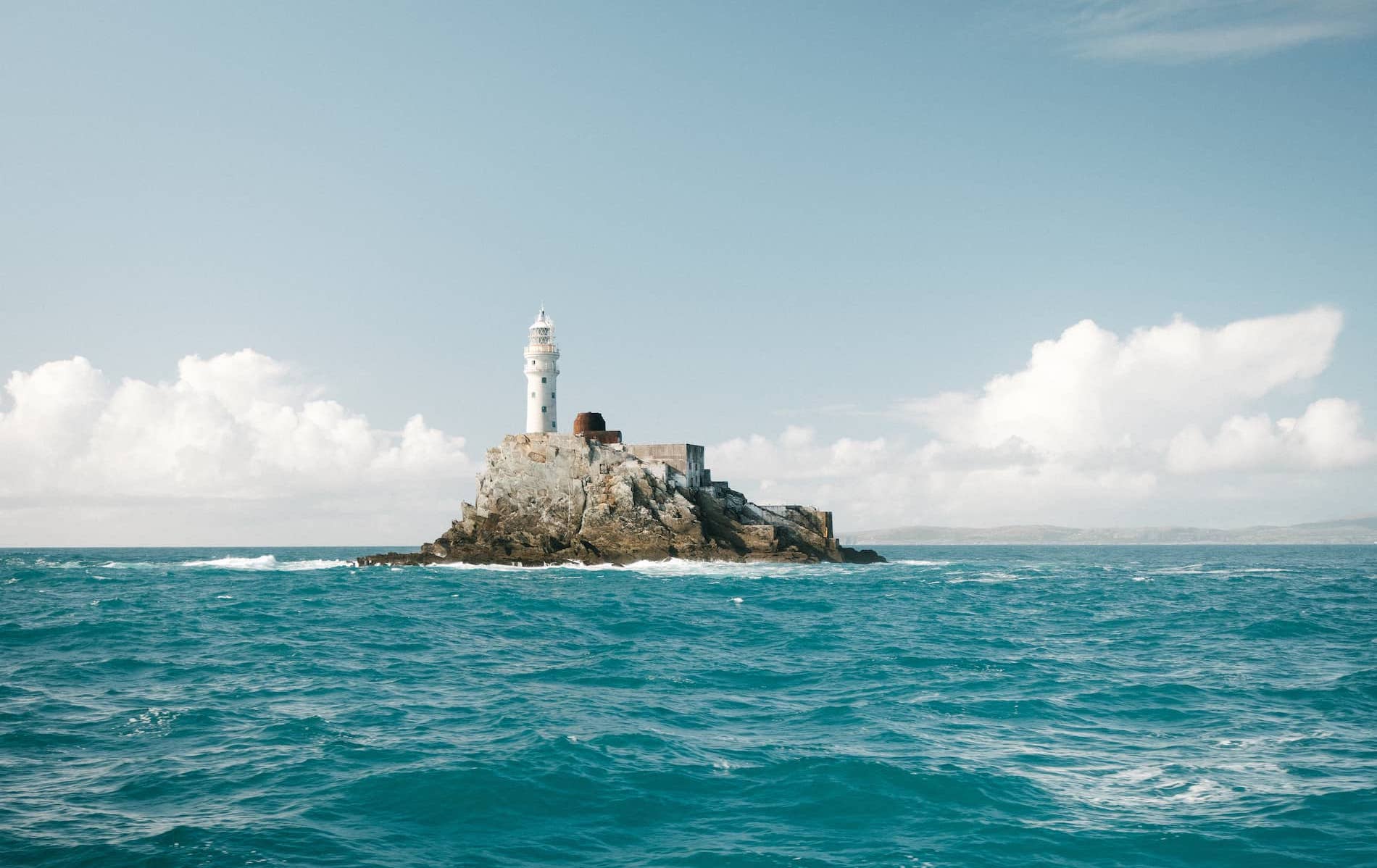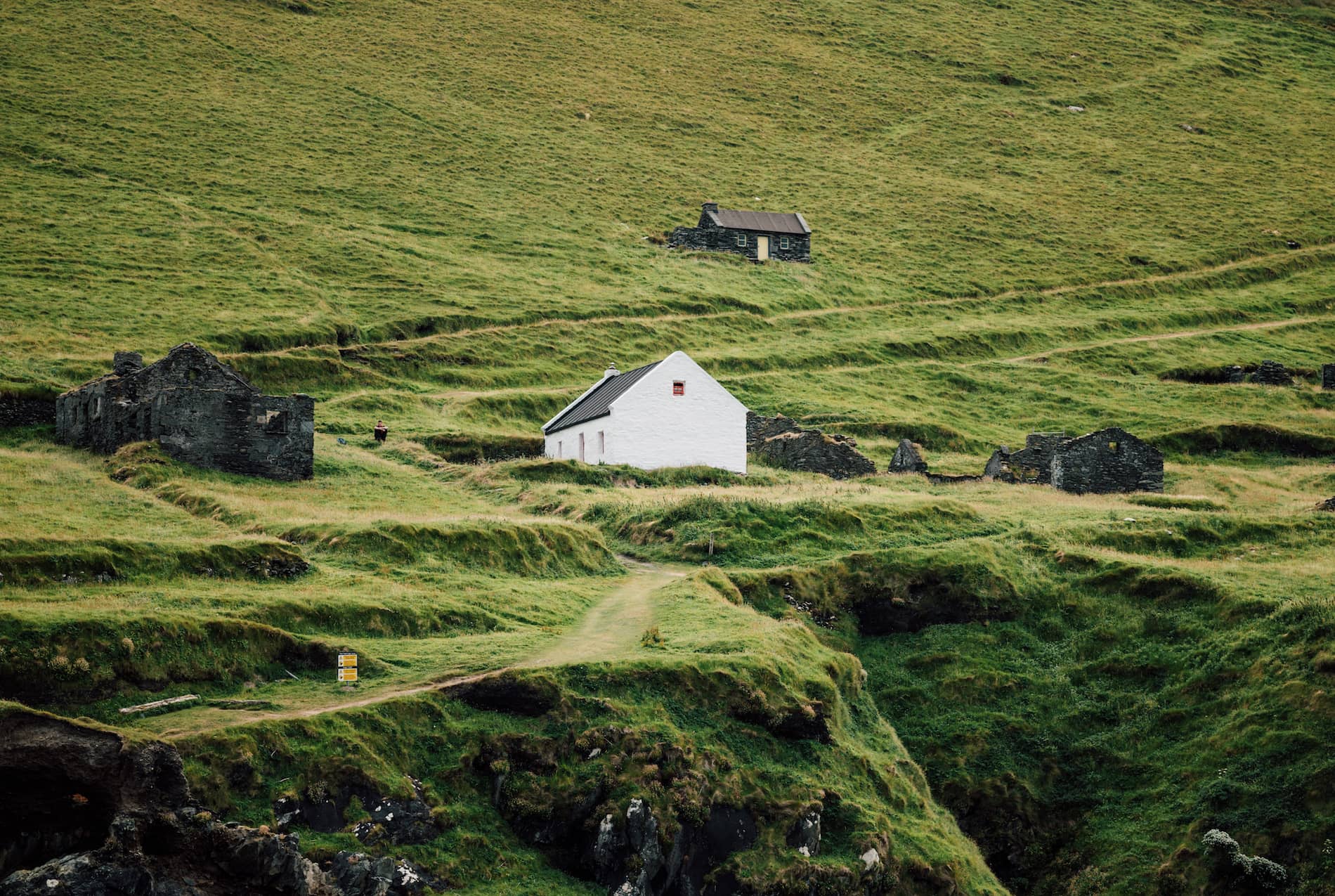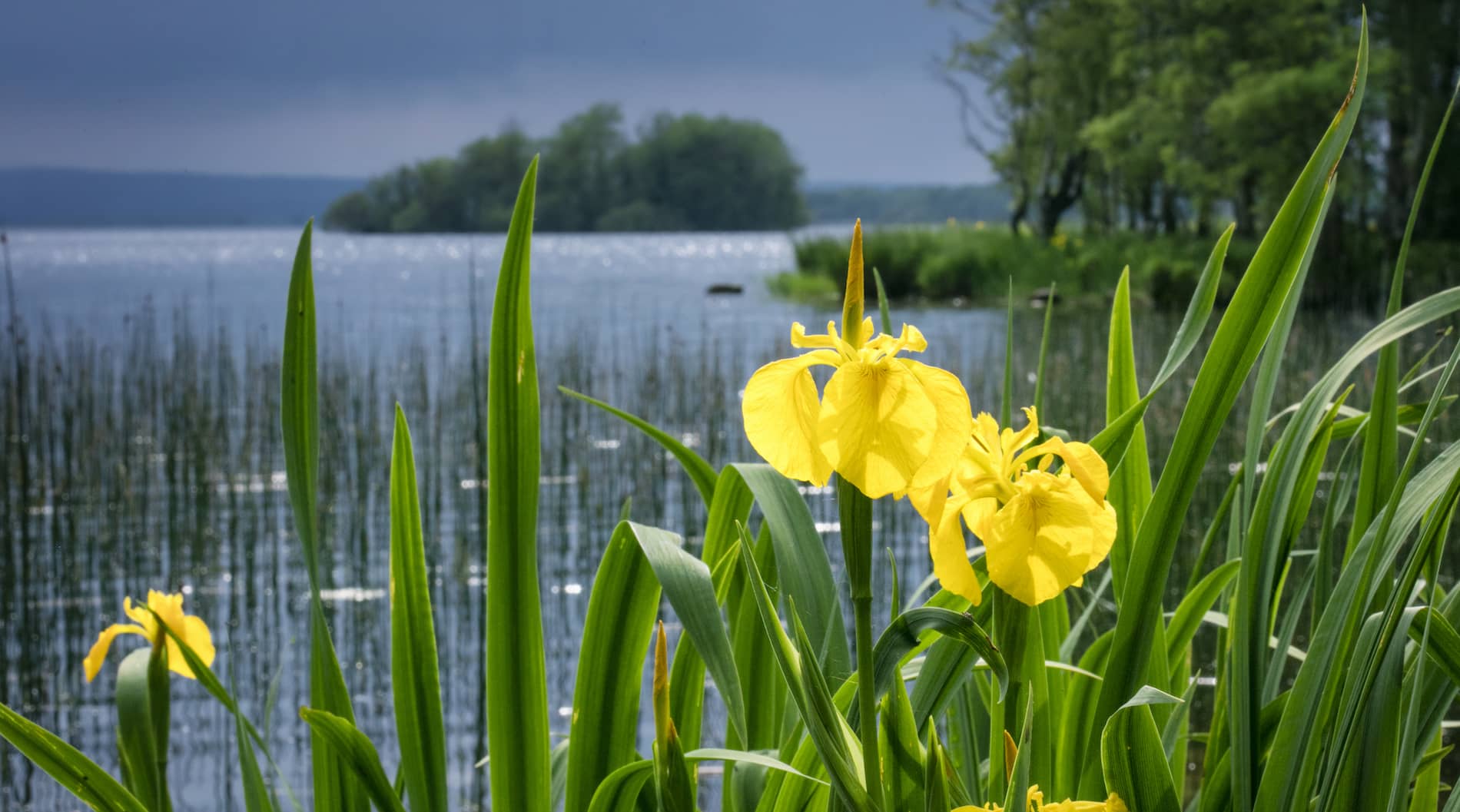Oops... something went wrong!
My Ireland
Looking for inspiration? Planning a trip? Or just want to scroll yourself happy? We'll show you an Ireland that's tailor-made for you.
- #Landscapes
- #CultureandHeritage
- #OutdoorActivities
- #Landmarks


Oops... no internet connection
While offline, you can still add items to My board. New travel reccomendations will only show up once you’re back online.
See what Ireland has in store for you
Ballycastle Beach
Ballycastle Beach is a popular tourist destination located on the Causeway Coast Route on the Antrim Coast of Northern Ireland. Ballycastle Beach is approximately 1.2 kilometres in length and runs from the pier at Ballycastle Marina at the western end to Pans Rock in the east. Ballycastle Beach is comprised of predominately sand with some shingle. It backs on to Ballycastle Golf Course for most of its length. There is a promenade at the western end. The beach is located near the Marina, less than 1 mile from town centre There are no restrictions on swimming at this beach and a seasonal lifeguard service is provided by RNLI Beach Lifeguards (July-August 11am-7pm). Facilities: Car parking, Child friendly areas, Visitor Information Centre nearby, Seasonal RNLI Beach Lifeguards Service (July & August 11am - 7pm daily), Dogs are permitted (restrictions apply 1st June - 15th Sept), wheelchair access, disabled toilets and disabled parking The eastern end of Ballycastle Beach is part of Ballycastle Coalfield ASSI. Ballycastle Coalfield is the best exposure of a coalfield sequence in Ireland. It contains a series of Carboniferous sedimentary rocks (335-330 million years old) with contemporary lavas and younger Tertiary igneous rocks (60 M.y.). The sedimentary rocks were deposited in a shallow marine bay which gradually developed into a vegetated coastal swamp subject to periodic flooding by the sea. The vegetation was preserved as seams of coal. Fossils that have been found include goniatites (shellfish), fish remains, giant clubmosses and arthropod insects. The Tertiary dykes have metamorphosed the carboniferous shales to produce porcellanite and a range of minerals. The site also contains evidence of early industrial activity: the coals and iron ores were mined between the 16th and 19th centuries.The underlying geology and the spoil heaps give rise to both base rich and acidic habitats, including wet grassland, base-rich flushes and maritime heath. Limited saltmarsh occurs on some of the beaches.
Ballycastle

Oops... no internet connection
While offline, you can still add items to My board. New travel reccomendations will only show up once you’re back online.
Look out for the little heart icon around Ireland.com. Simply tap the heart to add items to your board!





